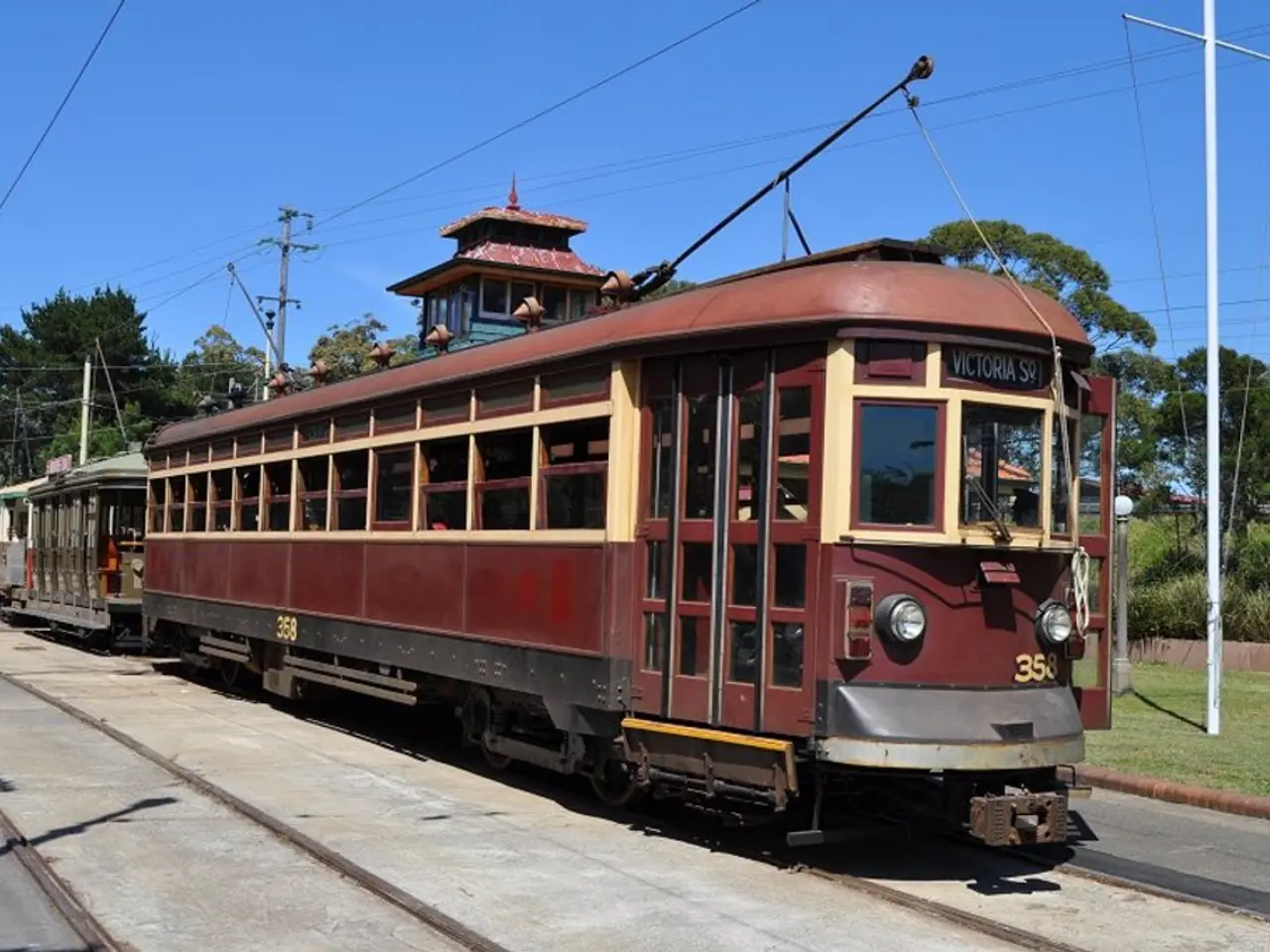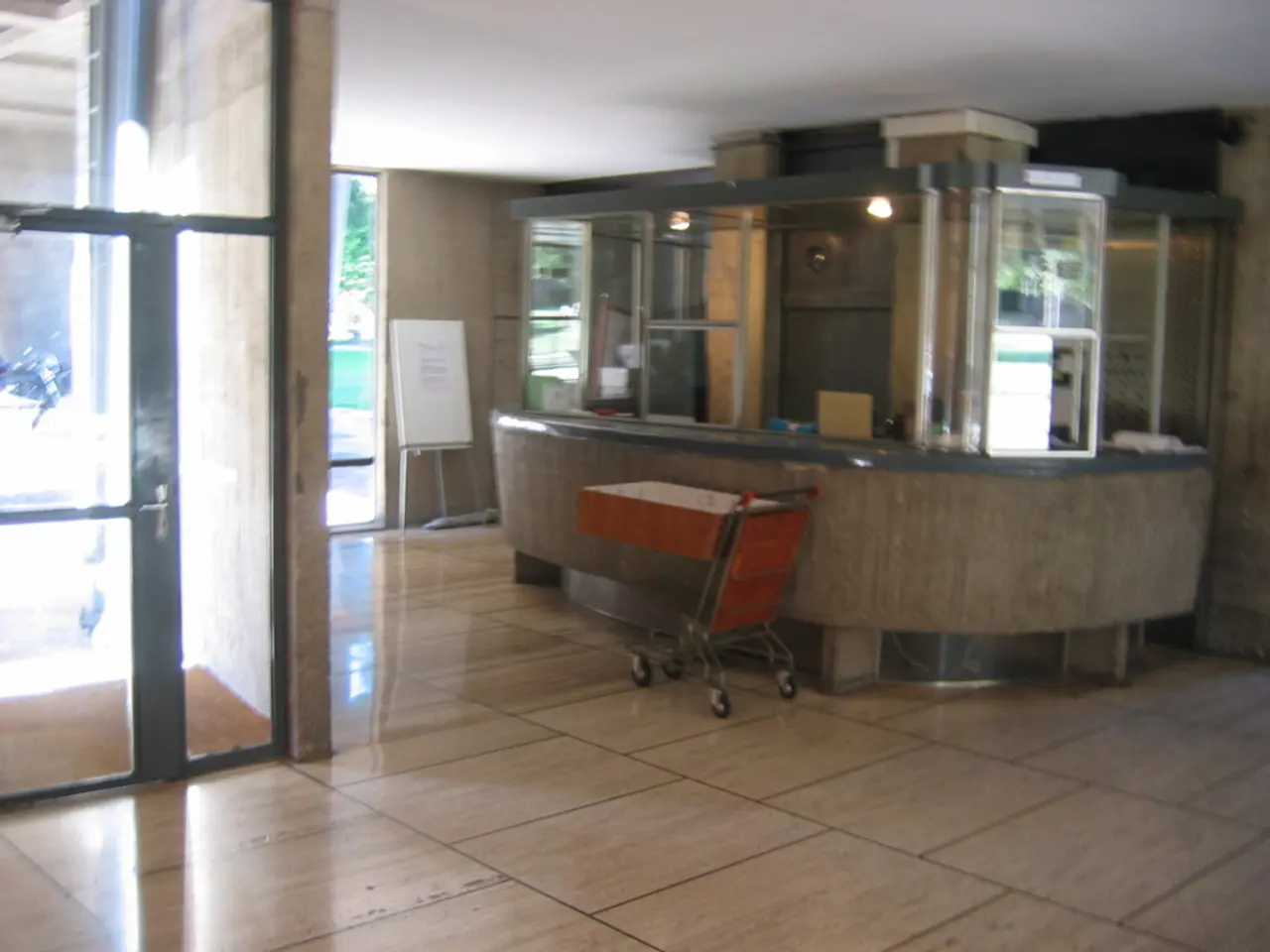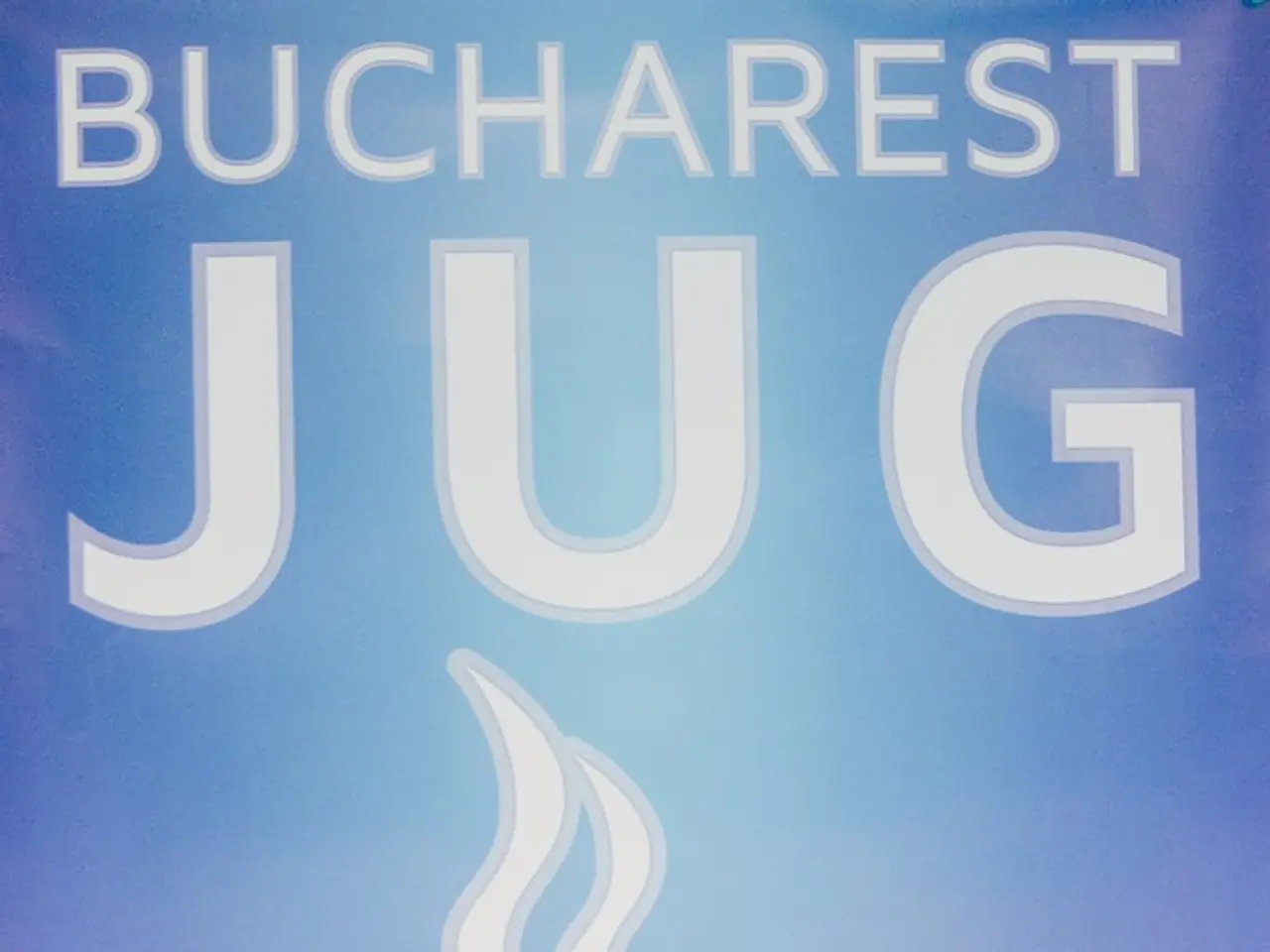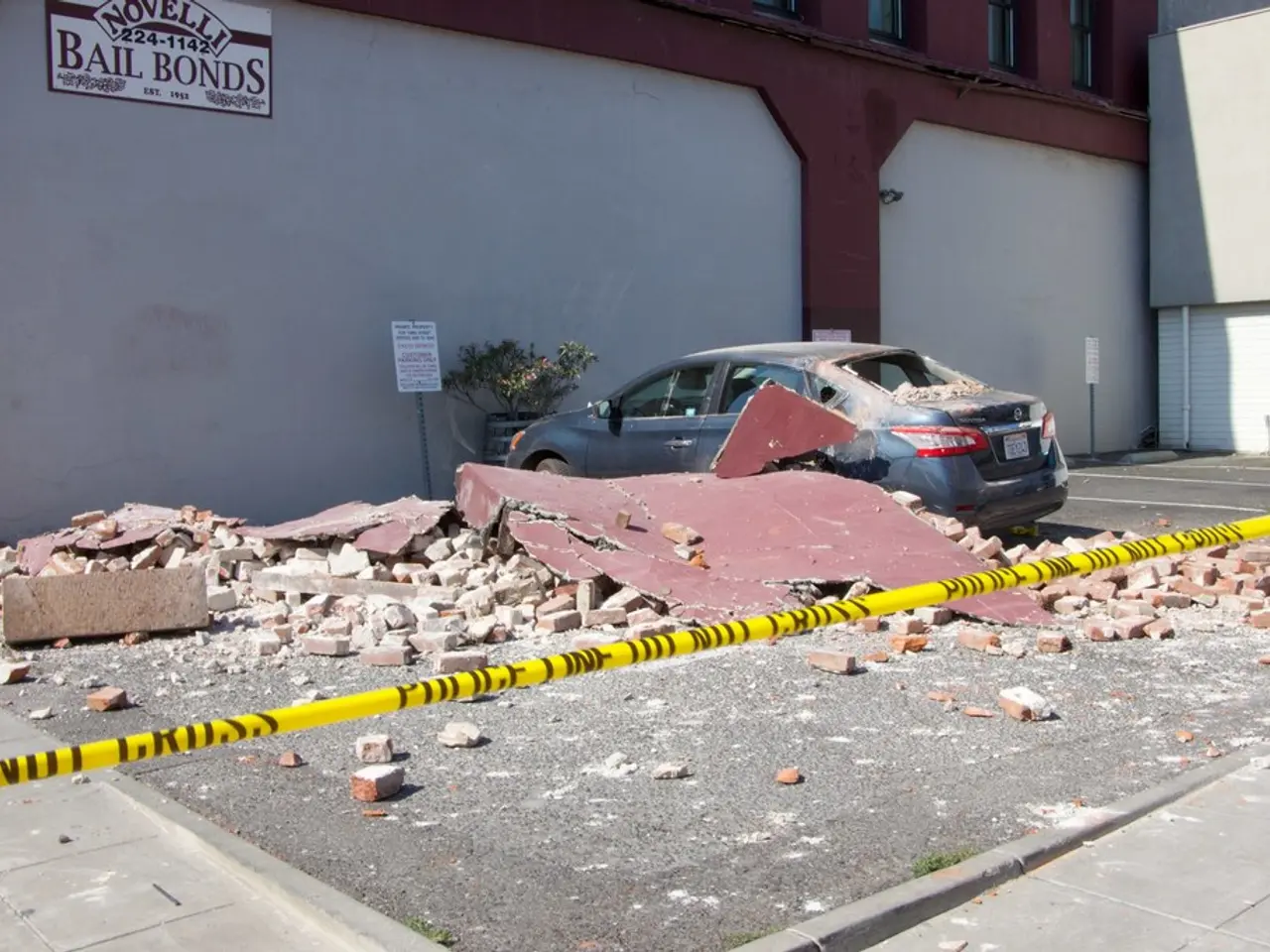Struggles Faced by the Creators of Stuttgart 21 Project - Challenges encountered by developers of Stuttgart 21 project
The Stuttgart 21 project, one of Europe's largest infrastructure endeavours, is currently grappling with complex construction challenges and potential delays in commissioning. This ambitious undertaking involves the transformation of Stuttgart’s main railway station into a modern underground through-station, along with the construction of 60 kilometers of new railway tracks and three new passenger stations, at an estimated cost of €8.2 billion.
### Complex Construction and Engineering
The project's complexity is evident in the massive underground construction, including the engineering of chalice supports and access walkways. These require precise structural engineering, necessitating specialized safety measures and logistical coordination. Partnerships providing safety equipment and supply chain solutions for the workforce on site are crucial for the project's smooth progress.
### Safety and Operational Efficiency
Maintaining safety protocols during such an extensive construction phase is of utmost importance. Innovative hygiene and protective products are being utilized to ensure the workforce remains protected and the project progresses unhindered.
### Funding and Prioritization Issues
The project's emphasis on megaprojects like Stuttgart 21 sometimes comes at the expense of other key rail upgrades, such as the ERTMS digital signaling system. This imbalance can affect long-term network performance and integration.
### Potential Changes in Commissioning Date and Costs
While no recent data on a new commissioning date or cost overruns has been disclosed, ongoing construction and operational challenges suggest that the project remains high-profile and resource-intensive. The exhibition dedicated to Stuttgart 21, running until October 2025, showcases ongoing underground construction but does not emphasize a new commissioning target.
The estimated costs for the Stuttgart 21 project have risen to around 11.3 billion euros, and the completion is currently estimated for December 2026. However, indications suggest a potential delay. The construction work for the digital technology is significantly delayed due to a lack of capacities and insufficient material availability. The railway company's initial buffer of 500 million euros has almost been exhausted, and the program for operating the new digital technology can only be provided after December 2026, which means operational and qualitative restrictions.
### Summary
The Stuttgart 21 project faces complex engineering and logistical challenges that require advanced safety and supply solutions, reflecting the project's complexity and scale. The project forms a major part of Germany and Europe’s rail infrastructure upgrade but its funding and resource allocation must be balanced with digital system rollouts that are critical for wider network efficiency.
As of mid-2025, there is no publicly disclosed revision of the commissioning date or overall cost in the available sources, though ongoing construction and operational challenges suggest the project remains high-profile and resource-intensive. The digitization of the Stuttgart railway junction will make it the first to be completely digitized nationwide for long-distance, regional, and S-Bahn trains. Observers consider a partial start the most likely scenario.
The new infrastructure for Stuttgart 21 needs to be connected to some existing lines before commissioning, causing many closures and restrictions for passengers, particularly those traveling to the east. The commissioning date for S21 is uncertain and may be subject to change. The result of the examination of the commissioning concept to minimize passenger disadvantages will be communicated to project partners on July 18.
The community policy concerning the Stuttgart 21 project should prioritize safety and operational efficiency, given the complex engineering and logistical challenges requiring advanced safety and supply solutions. Industry partnerships providing safety equipment and supply chain solutions for the workforce are essential for the project's successful progress.
The employment policy within the transportation sector must carefully consider the project's potential impact on other key rail upgrades, such as the ERTMS digital signaling system, to ensure long-term network performance and integration. balancing investments between megaprojects like Stuttgart 21 and critical digital system rollouts is necessary for the industry's efficient and sustainable development.




